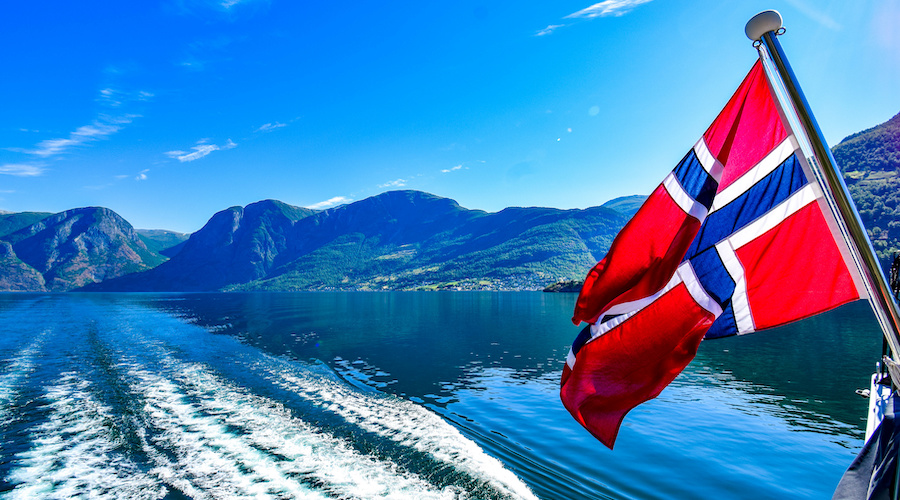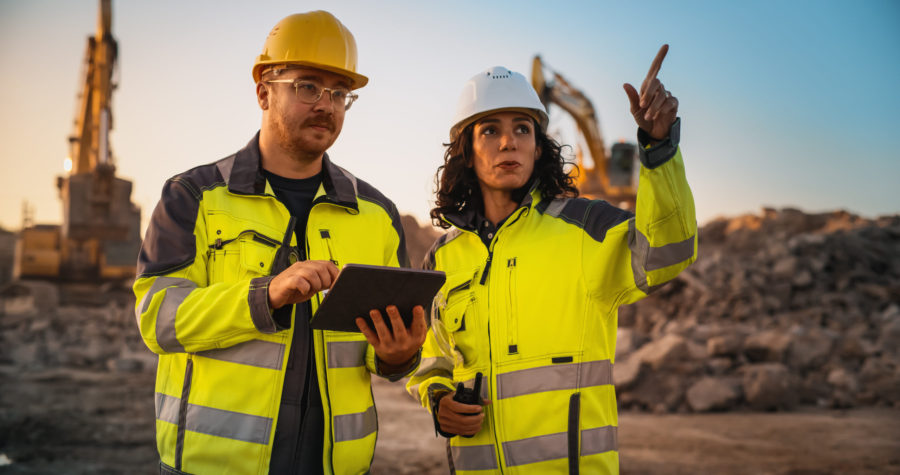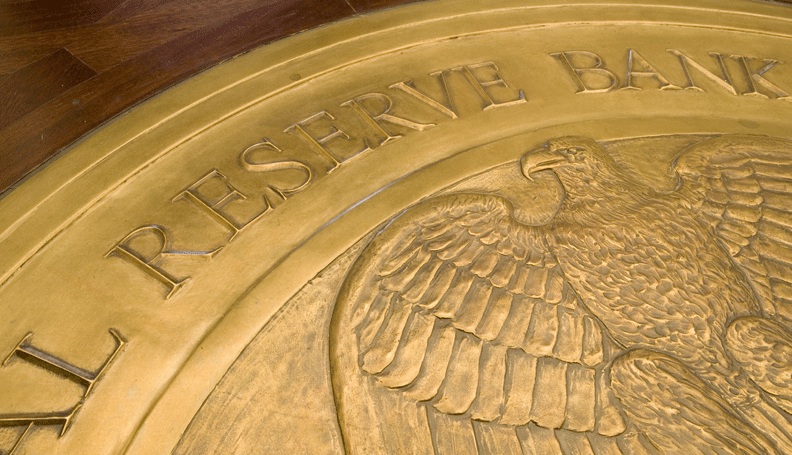Norway forced to pause Arctic seabed mining plans

Norway has paused its controversial plans to mine the seabed in Arctic-reaching territorial waters after the Socialist Left Party (SV), a small left-wing environmentalist group, secured an agreement to delay the initiative in exchange for supporting the national budget.
The government had intended to issue its first deep-sea mining exploration licenses in early 2025. Under pressure from the SV, preparatory work has been now slowed, with the government highlighting that it would continue work on environmental impact assessments and regulatory frameworks.
“This is a postponement, not an end to the process,” Prime Minister Jonas Gahr Støre of the Labour Party said in an interview with private broadcaster TV2.
Shares of Norwegian seabed mining startup Green Minerals plummeted by 40% on the news, closing Monday’s trading session at €0.32 per share (0.34 US). Despite the setback, the company stated that it still anticipates beginning ore extraction by the late 2020s.
World’s first
In January, Norway became the first nation to open its waters to commercial deep-sea mining, despite warnings from environmental groups and the fishing industry about potential threats to vulnerable marine ecosystems. A parliamentary vote, passed 80-20 earlier this year, approved exploration across approximately 280,000 square km (108,000 square miles) of Arctic seabed—an area larger than the United Kingdom.
Environmentalists hailed Norway’s forced pause as a “huge win”. The World Wildlife Fund (WWF), which is suing the Norwegian government, argues that it failed to conduct adequate studies on the potential consequences of mining. The Norwegian Environment Agency has echoed these concerns, stating that the current impact assessment lacks the necessary scientific and legal grounding.
Meanwhile, proponents of deep-sea mining emphasize the strategic importance of securing rare earth minerals and battery metals, such as nickel, manganese and copper, for Europe’s transition to a low-carbon economy.
The International Energy Agency (IEA) predicts a 40% rise in demand for copper and rare earth minerals by 2040, driven by the global shift toward clean energy technologies. Nickel, cobalt, and lithium, in particular, are expected to see demand growth of 60%, 70%, and 90%, respectively. Advocates argue that seabed mining could meet this demand with a potentially lower environmental cost than terrestrial mining.
Scientists warn of the largely unexplored nature of deep-sea ecosystems, which are already under stress from pollution, trawling, and climate change. They caution against further disruption without a comprehensive understanding of potential impacts.
Race to the bottom
The International Seabed Authority (ISA), which governs activities across 54% of the world’s ocean floor, has already issued 32 contracts to private and state-backed companies to explore seabed mining in international waters.
Among the frontrunners is Canada’s The Metals Company (NASDAQ: TMC), which has spent years advancing plans to extract polymetallic nodules—rich in cobalt, nickel, copper, and manganese—from the Pacific Ocean’s Clarion-Clipperton Zone, located between Hawaii and Mexico.
The Vancouver-based firm aims to begin operations in late 2025, shortly after the ISA finalizes its regulatory framework, expected by July that year.
ISA’s incoming leader, Brazilian oceanographer Leticia Carvalho, has expressed skepticism about the pace of these developments. She believes that years of negotiations may still be required to establish rules that adequately protect biodiverse and largely uncharted deep-sea ecosystems from the harmful effects of mining.
Carvalho will take office in January, becoming the first scientist and woman to lead the UN-affiliated body.
More News
Rio Tinto, Founders Factory’s Mining Tech Accelerator invests in startups from US and OZ
April 23, 2025 | 04:02 pm
{{ commodity.name }}
{{ post.title }}
{{ post.date }}



Comments
David Beringer
Wow! The first scientist to lead an organization that has decided it has the authority to divvy up the seabed for mining? About time! From your linked previous article: “ Carvalho’s election Friday at the annual summer meeting of the ISA Assembly in Kingston, Jamaica, ends the two-term tenure of Michael Lodge, a 64-year-old British attorney. Lodge aggressively pushed for the completion of regulations that would allow a potentially multibillion-dollar industry to begin, and drew scrutiny for his closeness to the mining companies the Authority regulates.”
I hope Dr. Carvalho, who understands oceanography better than a retired British attorney (it’s my guess, OK?), will be able to ensure no rash decisions are made.